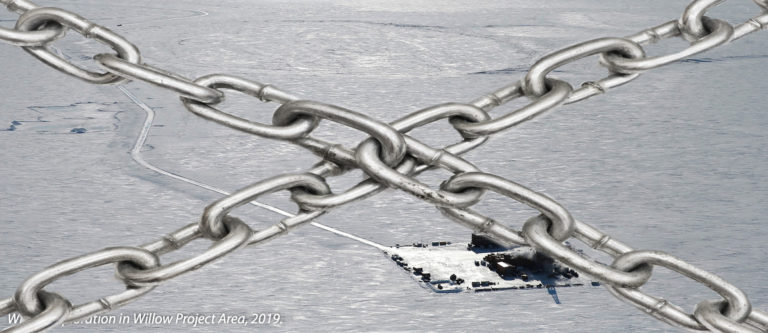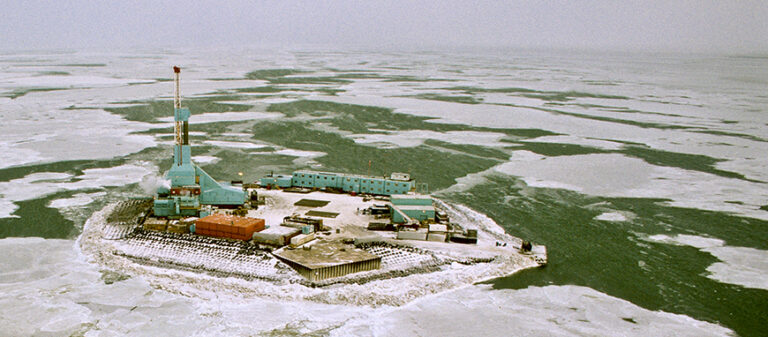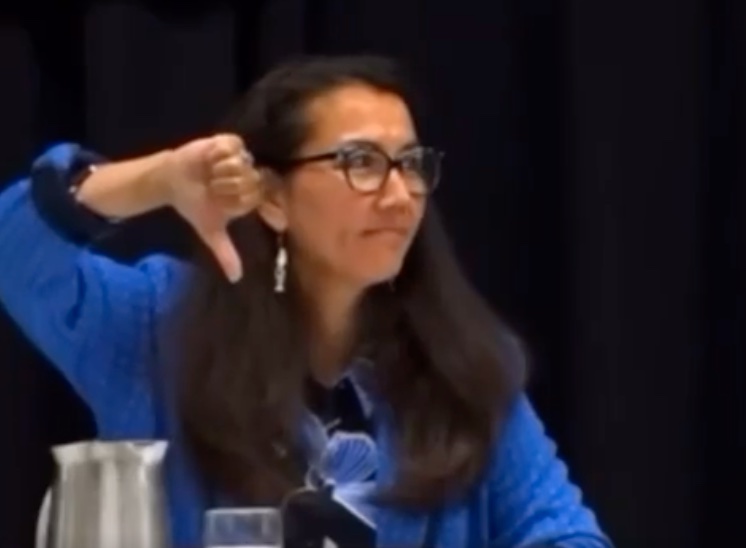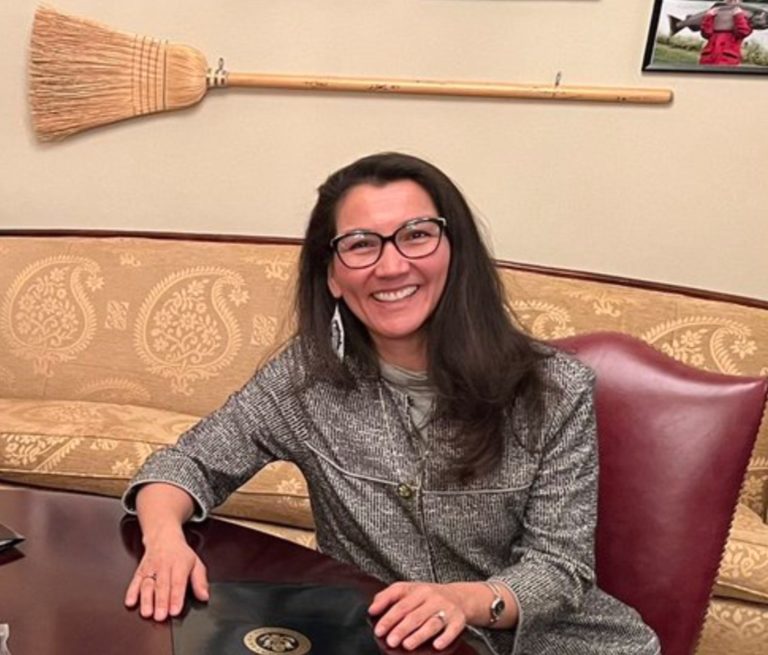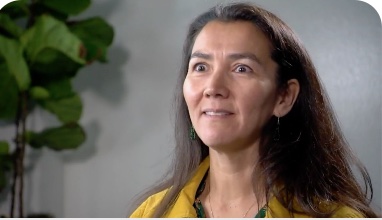Federal District Court Judge Sharon Gleason is expected to rule sometime in the next 12 days on the merits of lawsuits filed against the U.S. Bureau of Land Management against the already-approved North Slope Willow Project, which has been held up for years by bureaucracy and lawsuits.
Gleason’s decision, whether it goes for or against the ConocoPhillips project, is due Nov. 10, at the start of the winter construction season in the Arctic.
After the Biden Administration approved the project in March, two environmental groups started litigating against the BLM, the authorizing agency.
The plaintiffs are Sovereign Inupiat for a Living Arctic, an Alaska tribal advocacy entity that strives for an end to fossil fuels, and the Center for Biological Diversity, which represents a consortium of national environmental groups, including the Natural Resources Defense Council and EarthJustice.
Sovereign Inupiat for a Living Arctic is a bit of a phantom club, which isn’t formal enough to be an actual organization.
In fact, the SILA group has no legal documentation on file with the Internal Revenue Service, and yet has been granted by the court a role as a legitimate plaintiff with standing in this case. Where it gets its funding from is a mystery — there are no IRS Form 990s on file, and although it supposedly has two staff members, it’s not operating as a normal group. It’s acting as a pop-up.
SILA, as it is also known, describes itself as being “housed” at the Northern Environmental Justice Center. Anyone who has a mind to donate to Sovereign Inupiat for a Living Arctic must actually donate to the Northern Environmental Justice Center, because the SILA group also appears to have no actual bank accounts of its own. Donors are instructed to write “SILA” on the memo line of their checks.
But here’s the problem: One of the requirements that courts have, in reference to Article III of the U.S. Constitution that establishes the judicial branch, is that a plaintiff must have “standing” to bring a case in federal court.
In 1992, the Court tightened the Article III standing test into what it is today, with more stringent requirements for what constitutes “injury in fact.” As the Court wrote in Lujan v. Defenders of Wildlife:
“First, the plaintiff must have suffered an ‘injury in fact — an invasion of a legally protected interest which is (a) concrete and particularized and (b) ‘actual or imminent, not ‘conjectural’ or ‘hypothetical[.]’’ Second, there must be a causal connection between the injury and the conduct complained of—the injury has to be ‘fairly … trace[able] to the challenged action of the defendant, and not … th[e] result [of] the independent action of some third party not before the court. Third, it must be ‘likely,’ as opposed to merely ‘speculative,’ that the injury will be ‘redressed by a favorable decision.'”
It’s not clear how a group that doesn’t actually exist, and cannot even reveal its funders or financials can make that case to have standing.
SILA is associated with the Build Back Fossil Free coalition of hard-left groups trying to push President Joe Biden into using his executive order powers to ban fossil fuels. But it’sAs far as its membership in Build Back Fossil Free, that coalition is a project of the Sustainable Markets Foundation, which is bankrolled by major leftists foundations such as the Rockefeller Family Fund, Tides Foundation, and TomKat Charitable Trust, the political foundation created by California Democrat mega-donor Tom Steyer and his wife.
Meanwhile, ConocoPhillips is said to have invested over $1 billion into the project, with another nearly $1 billion expected to be spent during this winter construction season — if it can go ahead.
Already, contractors across Alaska are in the fabrication stages of making equipment and culverts needed, and the company and its contractors intend to hire over 1,800 people this coming year. There is likely to be a mini-boom in the Alaska economy as a result, and first royalty oil flowing into the Trans Alaska Pipeline System by 2029.
But if Judge Gleason doesn’t meet her self-imposed decision date on Nov. 10, it’s possible the construction season will be lost this winter altogether. If Gleason rules in favor of the environmental groups, the team leaders of the ConocoPhillips Willow Project have said on the record it is unlikely that the project would ever move forward; the costs have been too great.
Earlier this year, Judge Gleason denied the plaintiffs an injunction that would stop ConocoPhillips from moving forward on preparations for construction, which may signal her doubts about the merits of the plaintiffs’ case. Either way, the decision will probably be appealed to the U.S. Ninth Circuit Court of Appeals.
But the question remains: How does a group like Sovereign Inupiat for a Living Arctic, which represents no more than a literal handful of fringe activists, get the nod for “standing” as a group if it cannot even register as a group?
“Giving an organization that exists in name only, official legal status makes no sense, but neither does their fight against Willow,” noted Rick Whitbeck, state director of Power the Future. “Willow has had robust environmental reviews under numerous administrations, has the support of our entire Congressional delegation, labor, trade associations and the full Alaska Legislative and Executive branches. SILA and the other “plaintiffs” should expect Judge Gleason to follow the law and end their fight against this amazing project.
The group describes itself as “an organization of Iñupiat Peoples and community members that believe in a balanced Earth for future generations. We are guided by our principles, elders, and advisory board for a movement towards a sustainable, equitable society. This work is done through an intersectional lens that is inclusive and safe.” But it’s out of step with the rest of Alaska.
“The vast majority of Iñupiat – those not bought and paid for by radical environmental ideologues to put up a false argument against Willow and other Alaska development projects – support the balance between environmental stewardship and jobs and economic opportunities for our state,” Whitbeck said. “SILA’s inability to even register as an official organization shows how Alaskans should view them: a fly-by-night organization with a misguided mission that would only harm our state’s bright economic future.”
